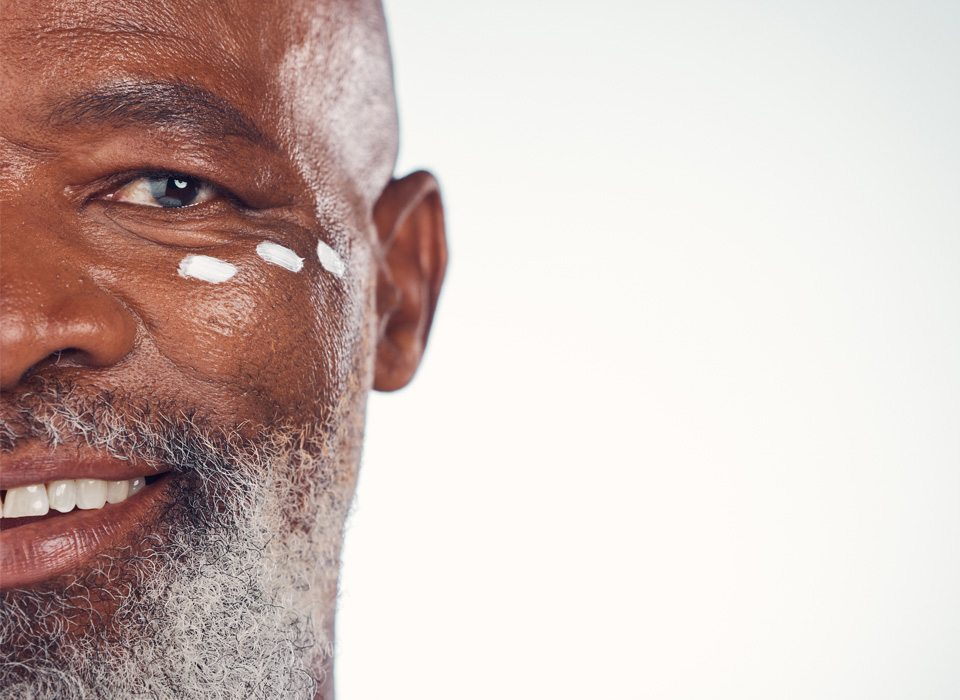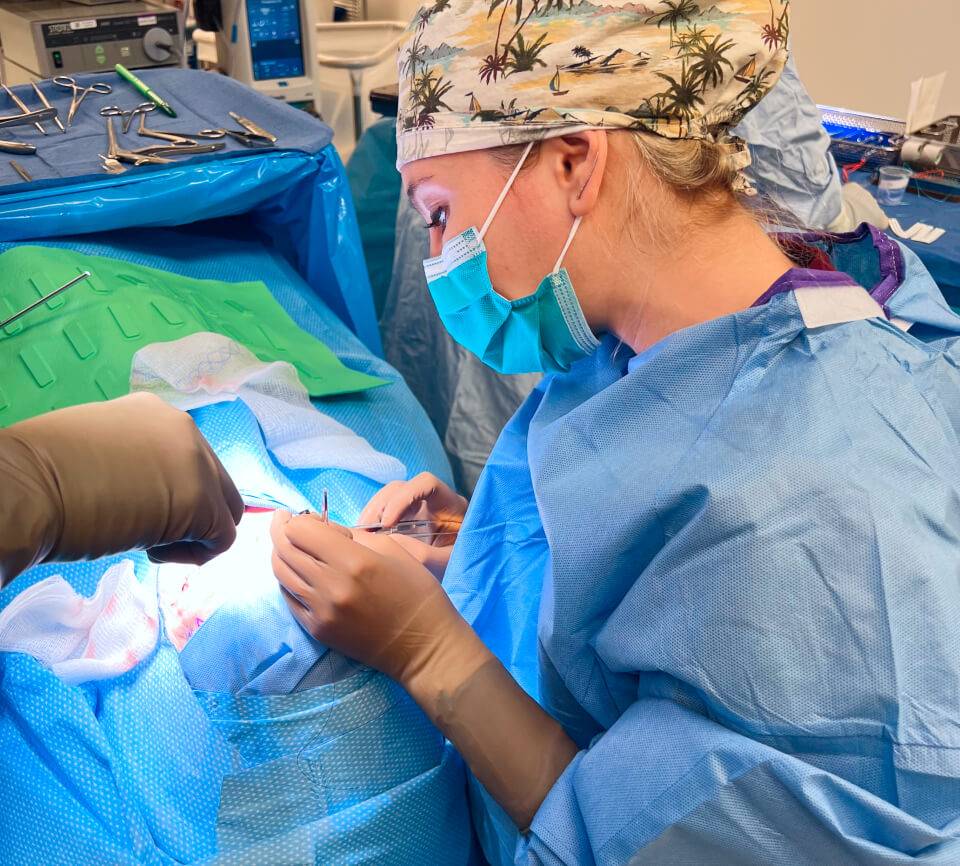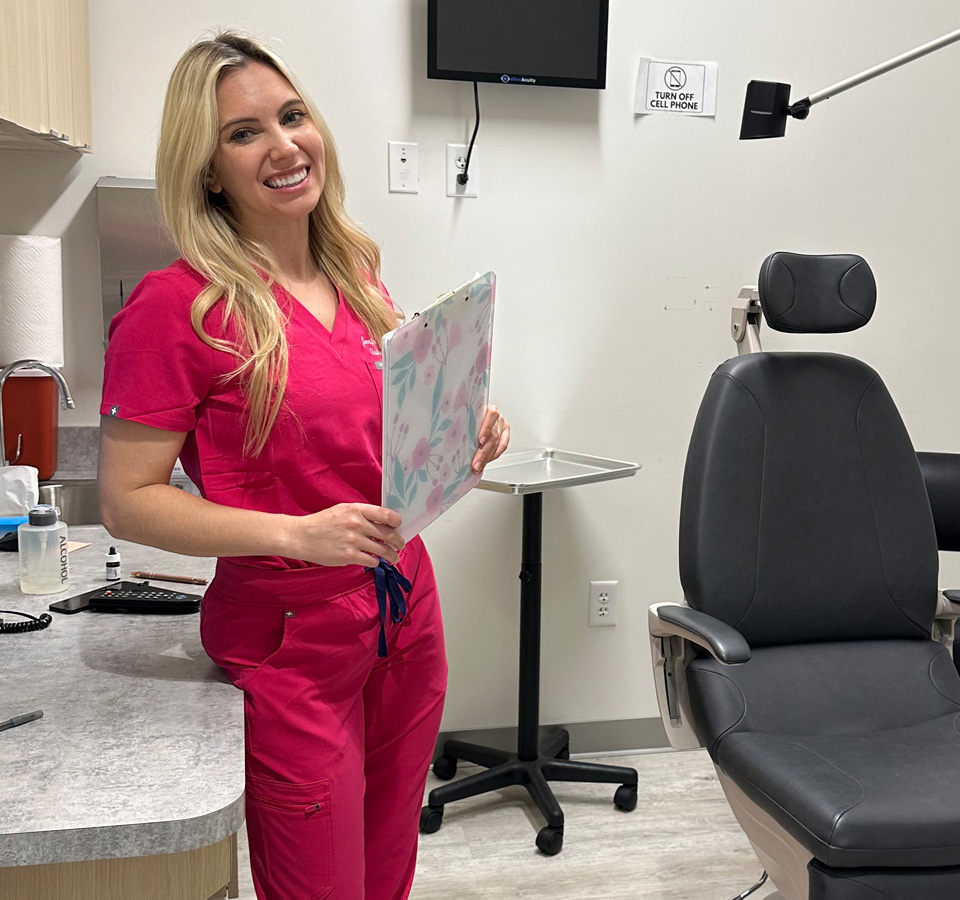Thyroid Eye Disease




Also, the combination of symptoms of Thyroid Eye Disease can cause horrible disfigurement with bulging eyes that look abnormal. Many patients feel insecure and self-conscious about the appearance, which can then lead to sadness and depression. Don’t worry! There are options to make this better with Thyroid Eye Disease treatments.
Ultimately, it is best to see Dr. Murdock, who is a world-renowned TED expert for a screening evaluation of Thyroid Eye Disease. She sees patients in South Florida who come from across the globe who have difficulty getting diagnosed for this very complex disease.
Stop smoking! Smokers have 7x more severe Thyroid Eye Disease than non-smokers.
Autoimmune Diet – Avoid inflammatory triggers like gluten, sugar, and dairy. Healthy foods and a plant-based diets are recommended.
Vitamin D Supplements – People who are vitamin D deficient can have improved Thyroid Eye Disease with restoration of normal Vitamin D levels.
Selenium Supplements – In select populations of people with early and mild Thyroid Eye Disease, selenium may help with inflammation.
Ocular lubrication – Artificial tears throughout the day and ointment or gel for the eye at night can help keep the eye lubricated and feeling better.
In 2020, a breakthrough IV treatment changed many of the treatment models for Thyroid Eye Disease. Extensive research has proven that by blocking the IGF-1 receptor, the inflammation in Thyroid Eye Disease can be shut down, causing many of the soft tissue changes to reverse back to normal. TEPEZZA (teprotumumab) is the first FDA-approved treatment for Thyroid Eye Disease. Dr. Murdock was one of the first TED specialists to use teprotumumab in the world, and she was involved in the original clinical studies for this treatment. Because of her early and robust experience in treating Thyroid Eye Disease patients with teprotumumab, she has traveled across the world to help educate other providers and specialists.
Based on the clinical data, teprotumumab has been shown to improve the following symptoms of Thyroid Eye Disease:
12750 NW 17th St, #226
Miami, FL 33182
601 N Federal Hwy, Suite 411
Hallandale Beach, FL 33009
Call: 305-315-5577
